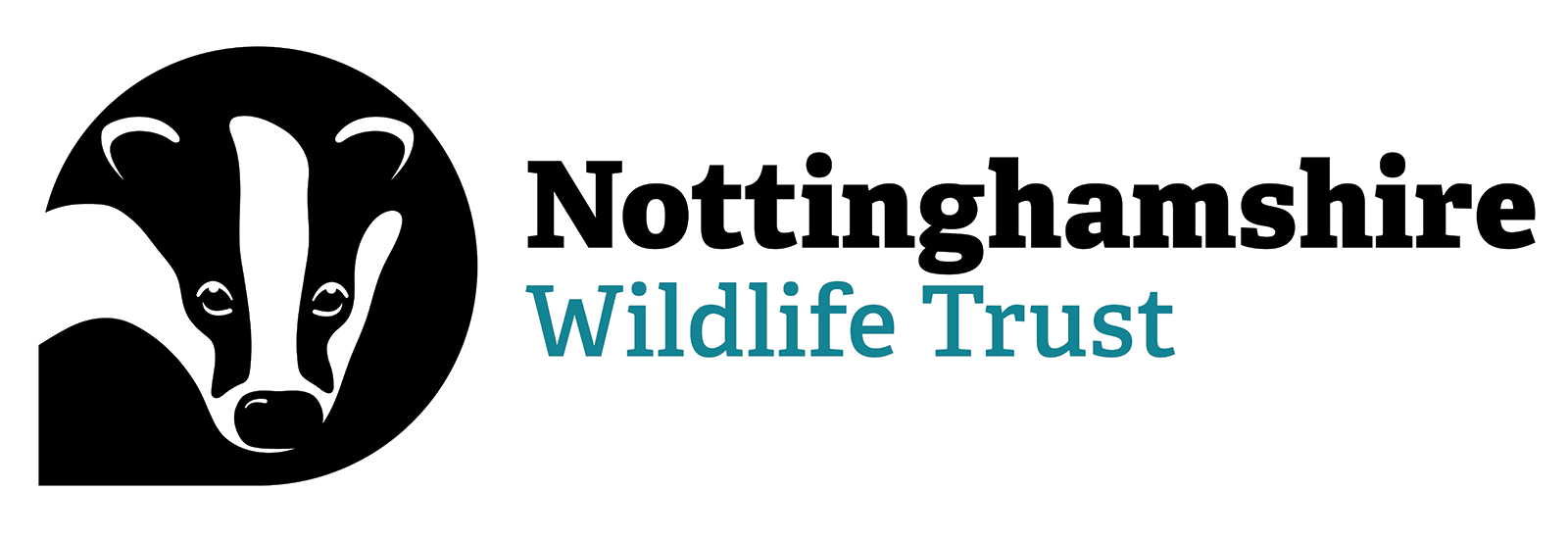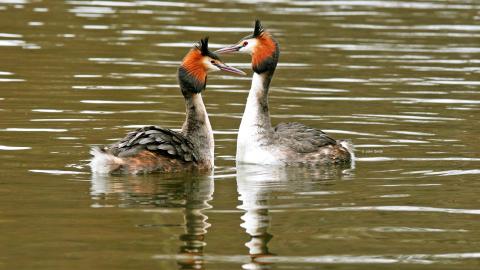
© John Smith
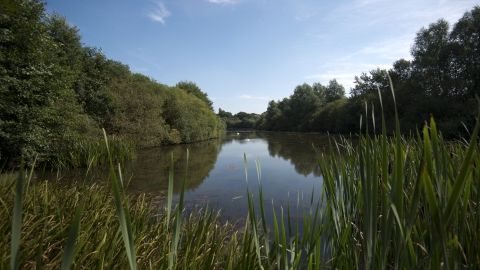
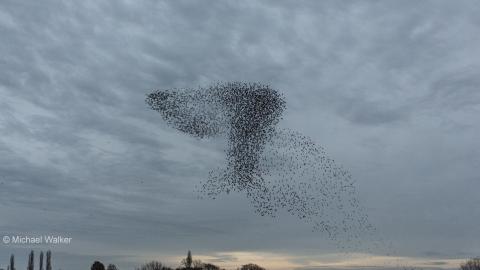
Credit Harrison Baker
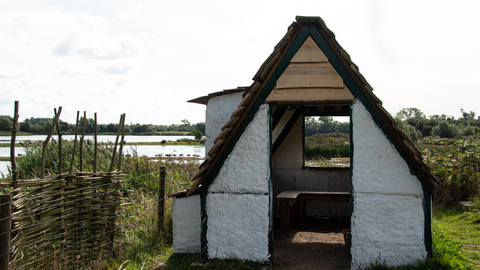
Credit Sophie Bell
Location
Know before you go
Dogs
When to visit
Opening times
Open at all timesBest time to visit
Seasonal highlights include Grey wagtail and Reed warbler in Summer, and Redwing, Fieldfare and Gadwall in Winter.About the reserve
This reserve, created in 1982, is believed to be the first of its kind in the country laid out specifically for the benefit of wheelchair users. Once a commercial gravel pit, this area has been colonised with plants and animals. A range of wetland birds can be seen on the reserve, such as great crested grebe, kingfisher and reed bunting.
In 2014 with significant support from the National Lottery Heritage Fund, the Environment Agency, Rushcliffe Borough Council and Nottinghamshire Wildlife Trust’s members and donors, we were able to purchase land adjacent to the original Skylarks site and embark on the exciting ‘Not a Blott on the Landscape’ project, an ambitious program to transform the newly purchased land into a 115 acre accessible nature reserve, providing a vital natural haven, protecting important habitats and securing a legacy for the 100,000 people who live within 10 minutes of the reserve.
The funding available allowed us to significantly invest in access improvements and engagement programmes set to work to reach out to people and inspire them to visit, participate and learn. Key to this idea was that the project should engage people across varied themes, namely the natural heritage and the archaeological significance of the site.
Skylarks Nature Reserve has routes and walks for all, including a 2 mile footpath linking viewing screens and board-walks, situated at prime locations around the site, allowing fantastic views and access to lakes, woodlands, ponds, reed beds, meadows, scrapes and islands.
In 2023 a new accessible viewing hide was added based on a Hereborg. Read more about the design and why it was built on this site.
Species
Contact us
Environmental designation

Skylarks Factsheets
Sklarks factsheet - Introduction
Skylarks factsheet - Birds
Skylarks factsheet - Mammals
Skylarks factsheet - Pond life
Skylarks factsheet - Plant life
Skylarks factsheet - Woodland
Skylarks factsheet - Insects
Skylarks factsheet - Butterflies
Skylarks factsheet - Sounds
Skylarks factsheet - Archaeology
Skylarks zone map
Skylarks Wildlife Video (https://youtu.be/xmIxlZfZiGs)
© Michael Welsh
